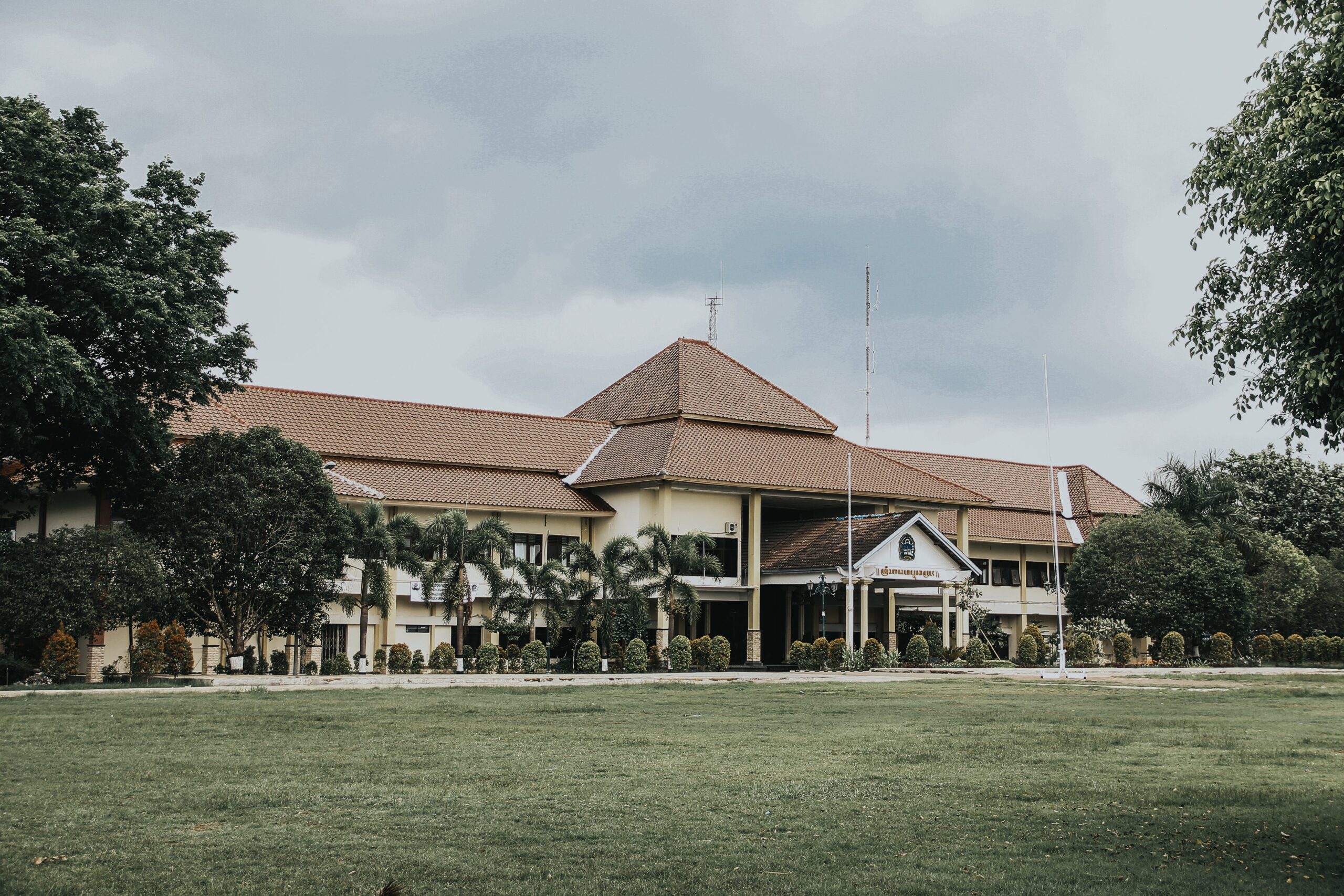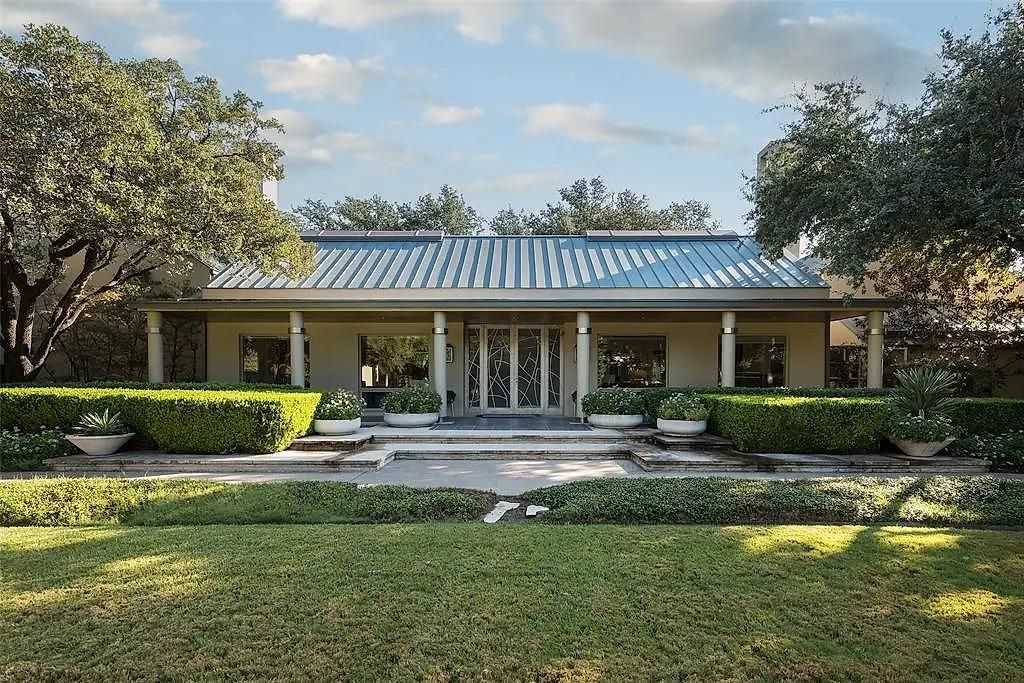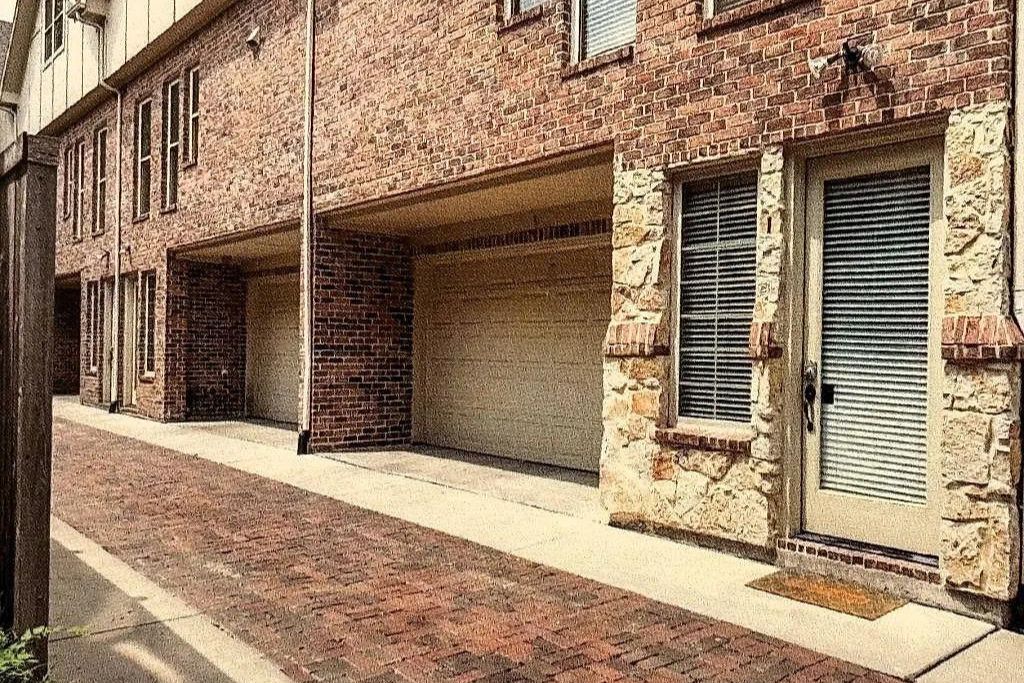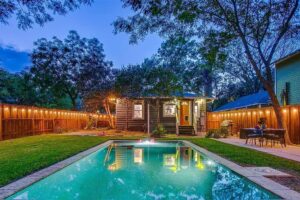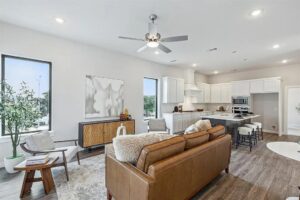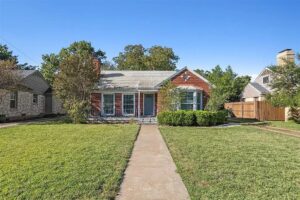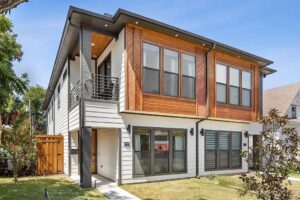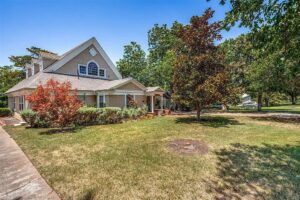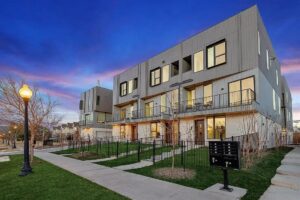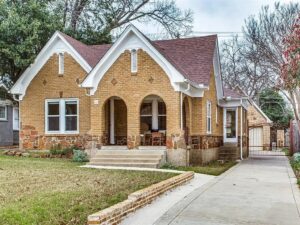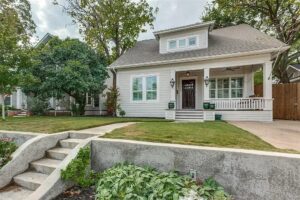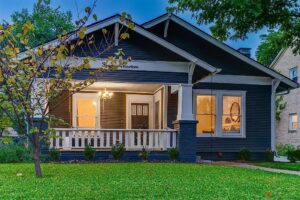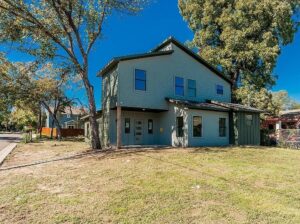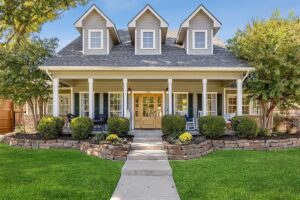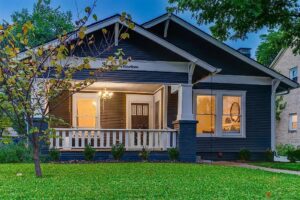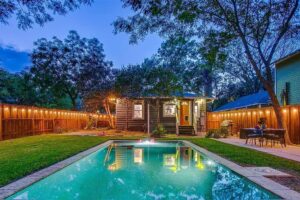Introduction to Dallas Transit-Friendly Neighborhoods
Living in transit-friendly neighborhoods in Dallas can significantly enhance the quality of life for singles and young professionals by providing convenient access to amenities and reducing the reliance on personal vehicles. For the target demographic, which increasingly prefers urban living, public transportation plays a crucial role in their housing choices. The key factors that contribute to a neighborhood’s transit-friendliness include its proximity to public transit stops, walkability, and access to essential services.
An excellent example of a transit-friendly neighborhood in Dallas is Uptown. Uptown is popular among young professionals for its vibrant atmosphere, upscale dining options, and proximity to major company offices. The neighborhood’s connectivity and accessibility make it a preferred choice for those looking for a dynamic urban lifestyle.
Overview of Public Transportation in Dallas Transit-Friendly Neighborhoods
Dallas boasts a comprehensive public transportation system, with the DART rail system covering 93 miles and serving major areas such as downtown Dallas, Plano, and DFW Airport. In addition to the rail system, the DART bus network consists of over 120 routes connecting various neighborhoods and key locations in the city. Residents benefit from the efficiency and convenience of these public transportation options, making it easier for young professionals and singles to navigate the city without a personal vehicle.
For example, the Victory Park neighborhood in Dallas is well-served by the DART rail system. It offers residents easy access to entertainment options and connectivity to other parts of the city. Therefore, this accessibility to public transportation enhances Victory Park’s appeal as a transit-friendly neighborhood for young professionals and singles.
Walkability and Amenities in Dallas Transit-Friendly Neighborhoods
Walkability is a key feature that contributes to a healthier lifestyle and fosters community engagement among residents in Dallas neighborhoods. In transit-friendly neighborhoods, such as Deep Ellum, residents have access to green spaces, local shops, dining options, and cultural attractions within walking distance. The correlation between walkability scores and residents’ overall satisfaction underscores the importance of this aspect in choosing a neighborhood.
Deep Ellum, known for its vibrant art scene and nightlife, is a prime example of a neighborhood in Dallas that offers excellent walkability and a range of amenities for young professionals and singles. The neighborhood’s diverse cultural offerings and proximity to essential services make it a desirable location for those seeking a vibrant urban experience.
Proximity to Nightlife in Dallas Transit-Friendly Neighborhoods
Dallas neighborhoods cater to diverse nightlife preferences. Young professionals and singles have many options, from live music venues to trendy bars and popular restaurants. For instance, Bishop Arts District and Design District are known for their vibrant nightlife and entertainment events. These include jazz concerts, comedy shows, and fine dining experiences. The accessibility of these venues through public transportation enhances the social scene for residents.
In Bishop Arts District, residents enjoy a lively neighborhood atmosphere with over 60 shops, restaurants, galleries, and unique entertainment options. The neighborhood’s accessibility to nightlife venues and cultural attractions, coupled with its vibrant community spirit, makes it a sought-after destination for singles and young professionals in Dallas.
Safety and Affordability in Dallas Transit-Friendly Neighborhoods
Safety is a top priority for young professionals and singles when choosing a neighborhood in Dallas. Transit-friendly neighborhoods often implement safety measures to ensure the well-being of residents, contributing to a sense of security and community. Additionally, affordability plays a crucial role in housing decisions, with median housing prices and rental costs varying across popular neighborhoods.
For example, neighborhoods like Knox-Henderson offer a balance of safety, affordability, and quality amenities for residents. The neighborhood’s affordability index and safety ratings, combined with its diverse dining options and walkability, make it an attractive choice for young professionals and singles looking for a comfortable yet vibrant living environment.
Expert Insights from Dustin Pitts
In the Dallas real estate market, Dustin Pitts stands out as an expert. He specializes in assisting young professionals and singles in finding suitable housing. With his experience and knowledge of the local housing landscape, Dustin Pitts offers valuable insights and recommendations. These are particularly helpful for first-time homebuyers or renters seeking transit-friendly neighborhoods in Dallas.
Clients who have benefitted from Dustin Pitts‘ expertise highlight his dedication. He understands their needs and finds perfect housing solutions that align with their lifestyle preferences.
Overall, Dustin Pitts‘ contributions to the Dallas real estate market provide valuable guidance. Young professionals and singles can navigate the city’s diverse neighborhoods with his help. They can make informed housing decisions that cater to their transit-friendly requirements.
Conclusion: Embracing Transit-Friendly Living in Dallas
Transit-friendly neighborhoods in Dallas offer significant advantages for singles and young professionals. These areas enhance lifestyle quality by providing easy access to amenities and reducing the need for personal vehicles. Key factors such as proximity to public transit stops, walkability, and safety make neighborhoods like Uptown, Deep Ellum, and Bishop Arts District ideal choices. With expert insights from professionals like Dustin Pitts, finding the perfect home in these vibrant, accessible neighborhoods becomes easier. Embracing transit-friendly living in Dallas means enjoying a dynamic, convenient, and fulfilling urban experience.
